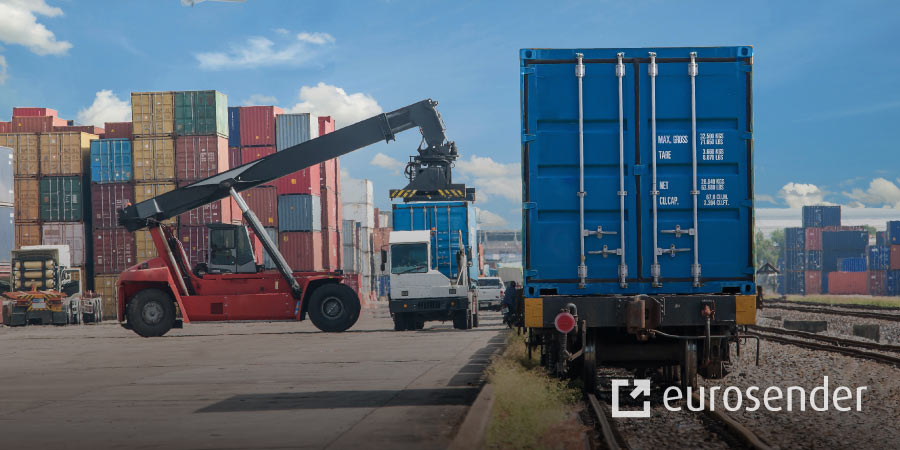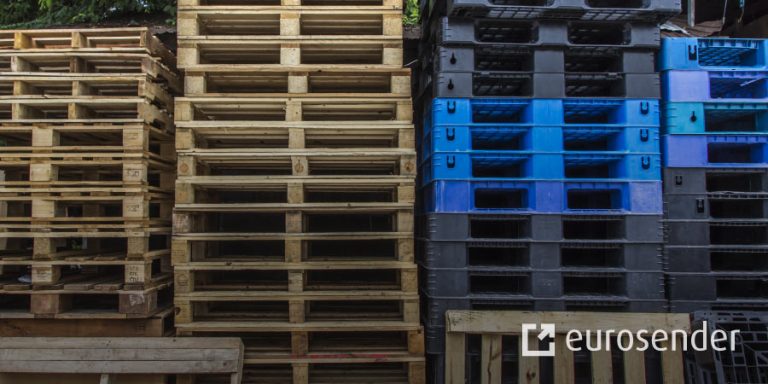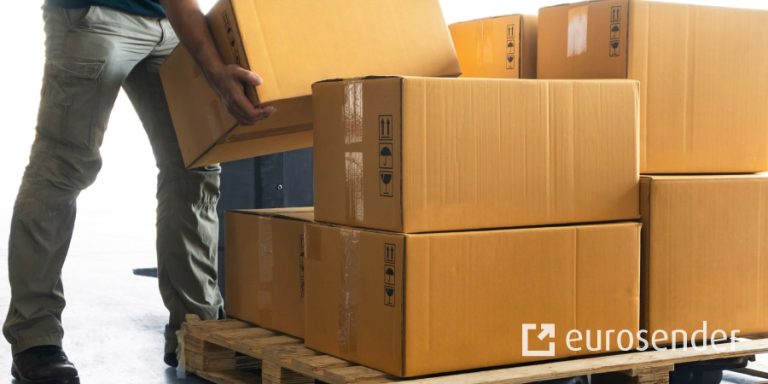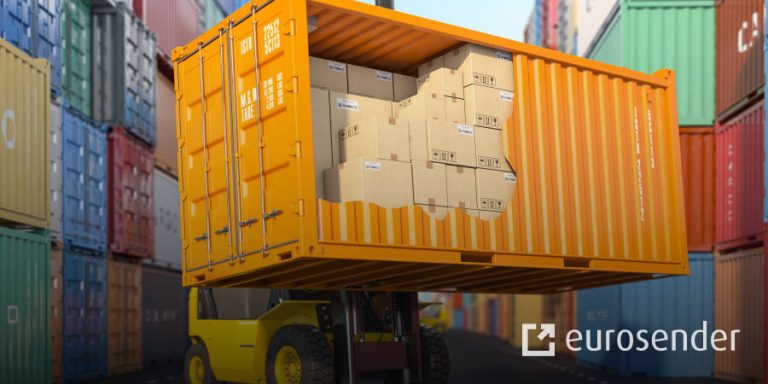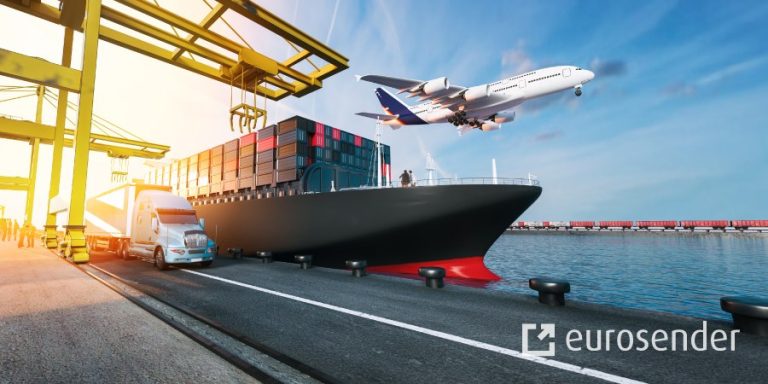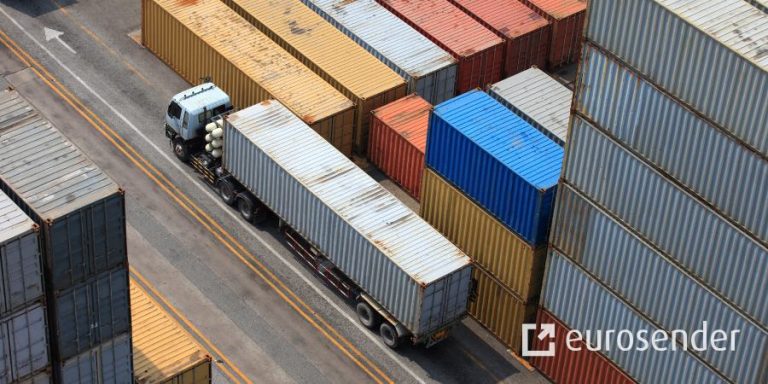What Is Intermodal Shipping | Meaning & Benefits
TL;DR
- Intermodal shipping involves moving freight using two or more transport modes, enhancing efficiency for long-distance shipping, especially intercontinental routes.
- It allows goods to stay in the same ISO-standard containers, reducing handling and minimizing damage risk during transfers between trucks, trains, and ships.
- Benefits include reduced costs, faster service, maximum safety, and eco-friendliness, but disadvantages include infrastructure costs, potential delays, and reliability issues due to multiple carriers.
- Common intermodal methods are COFC (Container-on-flatcar) and TOFC (Trailer-on-flatcar), making it accessible without needing rail tracks at origin or destination.
Intermodal shipping is when freight is moved by two or more modes of transport. It is an efficient and cost-effective solution for long-distance freight shipping, especially for intercontinental routes. In this article, we explain everything you need to know about what intermodal shipping is.
Create an account for free!
What does intermodal shipping mean in logistics?
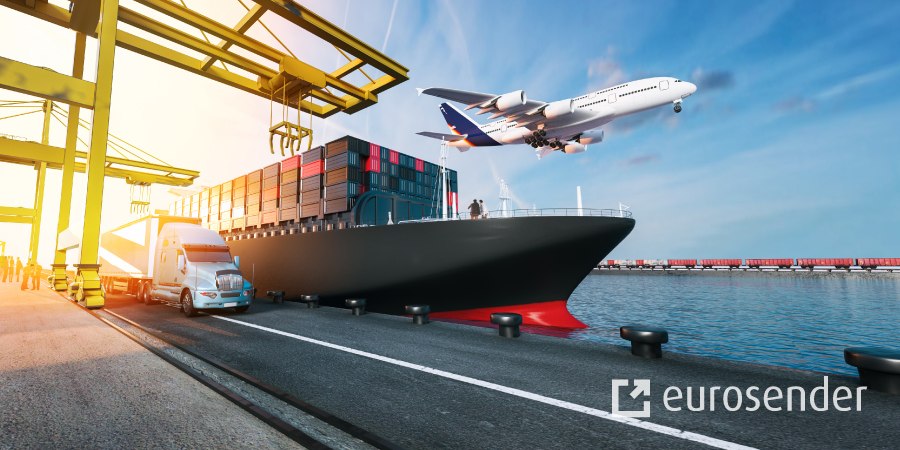
Intermodal shipping in logistics means moving freight in the same steel-based containers by two or more modes of transport. It is currently one of the most common ways of moving large-sized goods globally. Intermodal transport may involve a variety of vehicles, such as semi-trailer trucks, container ships, and (in almost all cases) trains.
Containers used for intermodal freight typically follow ISO dimension guidelines, meaning the goods can remain in the same container when transferred between different modes of transport instead of having to be moved to a new container of a different size.
Intermodal transport reduces cargo handling and, as a result, lowers the risks of damage and loss. The seamless transfer from one mode of transport to another also means the freight can travel faster.
Difference between intermodal and multimodal transport
Be careful not to confuse these two terms. Intermodal transport is conducted according to multiple contracts with different carriers.
On the other hand, multimodal transport is conducted under a single contract. Multimodal also uses different modes of transport, but what makes it different from intermodal is that only one Bill of Lading is used, and the same carrier is responsible for moving the freight in all of the modes.
You may also be interested in:
- The definition of intermodal transport
- Unimodal vs multimodal vs intermodal shipping
- Tailored logistics solutions for businesses
What are the advantages and disadvantages of intermodal transport?
The numerous advantages of intermodal transport have made it the backbone of the global supply chain and logistics industry. However, some problems and situations are unavoidable because of the long distance involved. Here are some advantages and disadvantages of using intermodal transport.
Advantages of intermodal transport
1. Reduced costs
Less handling means less costs. Intermodal transport prices are also more predictable in general. Choosing rail freight as part of intermodal transport is an especially good way to reduce costs, as it consumes less fuel while travelling considerable distances.
2. Fast service
Intermodal transport is a great way to reduce freight transit times. Using intermodal containers also allows an efficient transfer of goods from one mode of transport to another. Reduced loading and unloading times also make faster delivery possible.
3. Maximum safety
Intermodal freight shipping is a safe and secure method because the goods are stored in the same container throughout the entire journey. Less handling reduces the risk of damage, while the additional security provided at terminals, rail tracks, and ramps prevents theft.
4. Eco-friendly solution
Reducing a shipment’s carbon footprint minimises the environmental damage it causes. When cargo is moved using rail transport, the emission of carbon dioxide and carbon monoxide is reduced by almost 83%. So combining rail freight with other transport modes via intermodal transport may be a good way of reducing your overall carbon footprint.
5. Available capacity
Since most industries use intermodal transport, it is an extremely flexible source of capacity. Companies can also use reverse logistics to fill up large containers.
Read more about:
Disdvantages of intermodal transport
1. Infrastructure costs
Heavy-duty cranes are necessary to lift containers at different ports when changing the mode of transport. For example, when a container arrives at a seaport, it must be transferred to a flatbed, rail, or truck. In addition, seaports need rail and road connections so that goods can be transported to and from the port.
2. Delays
The shipping process can take longer if the specific mode of transport is slower or if there is no straightforward route to the destination. Additionally, disruption to one leg of transport can greatly affect or even halt the rest of the shipping journey.
3. Reliability
Intermodal freight shipping relies on more than one mode of transport, and different companies may manage each mode. This requires more logistical co-ordination and also increases risk. Unexpected delays due to weather conditions and equipment/technical failures are also possible.
How does intermodal shipping work?
Let’s take as an example a shipment arriving in the USA from Asia. A typical import shipping process entails the following stages:
- After arriving from overseas, containerised cargo is moved via truck from a container port to a rail yard for inland transport.
- The cargo is moved onto the freight train and transported to the next location, which could be hundreds of kilometres inland.
- Once the cargo arrives at its destination, it is placed on a truck to be driven to the final destination specified in the customer’s original order.
- The truck service used to transfer the cargo over short distances from one mode of transport to another is known as drayage, a service that only certain companies provide.
What are the types of intermodal transport?
Intermodal transport usually involves the use of railroad cars. There are two different types of intermodal transport that include rail transport:
- COFC: Container-on-flatcar (COFC) is an efficient and cost-effective type of intermodal transport where simultaneous loading of four containers can take place onto a well-car.
- TOFC: Trailer-on-flatcar (TOFC) is the type of intermodal transport in which an over-the-road trailer (OTR) is placed directly on the well-car.
Both the COFC and TOFC methods have proven very advantageous for intermodal transport, helping to cut down on manual labour and optimising costs, time, and effort.
Why use intermodal transport?
As we have already seen, there are many advantages to using intermodal transport, which may outweigh the disadvantages. Intermodal transport can work for a wide variety of companies and industries.
Overall, one of the main reasons for choosing intermodal transport is that it is highly accessible because there is no need to have railway tracks at the collection or delivery locations. The first and last mile of the journey are covered by truck transport.
Check some of our services:
What can you ship with intermodal freight?
You can ship just about anything as long as it can travel safely in an intermodal container. If you need to ship restricted items, check the transport regulations in your collection and destination countries to make sure you will not encounter any problems with your shipment.
Logistics providers typically do not carry personal belongings, passengers, pets or other living beings on intermodal transport services.
Here at Eurosender, we offer a range of shipping services and can create tailored solutions to serve even the most complex intermodal shipping needs.
Interested in learning more about pallet and freight shipping? Check all our articles about pallet deliveries.
Create an account for free!
About the author
